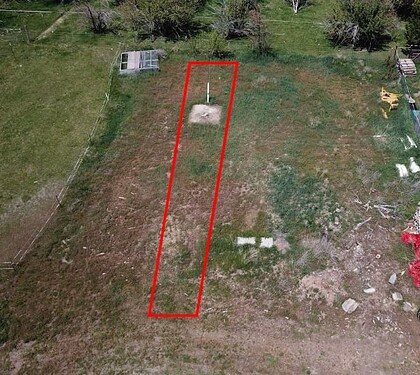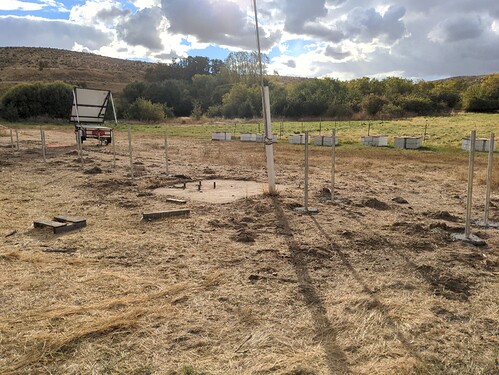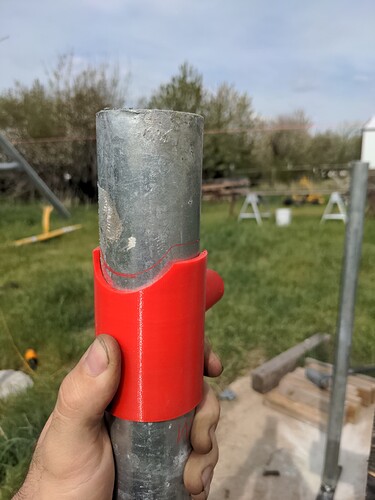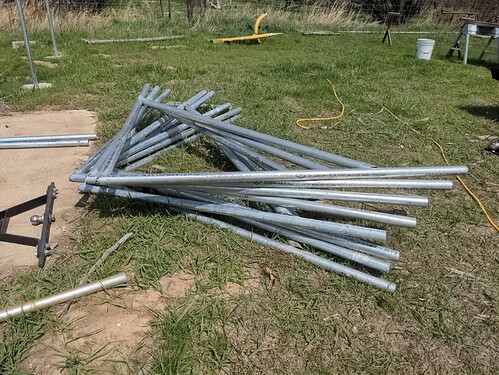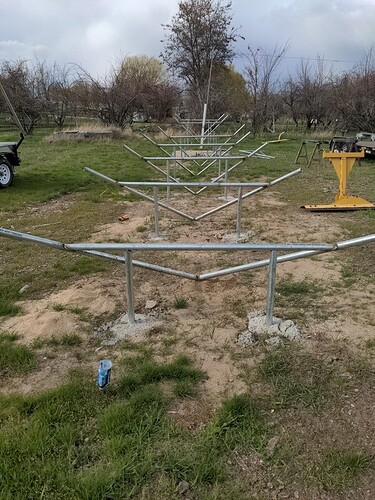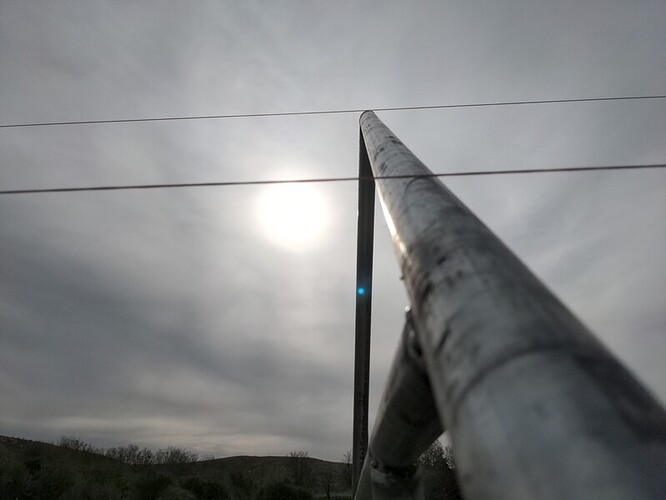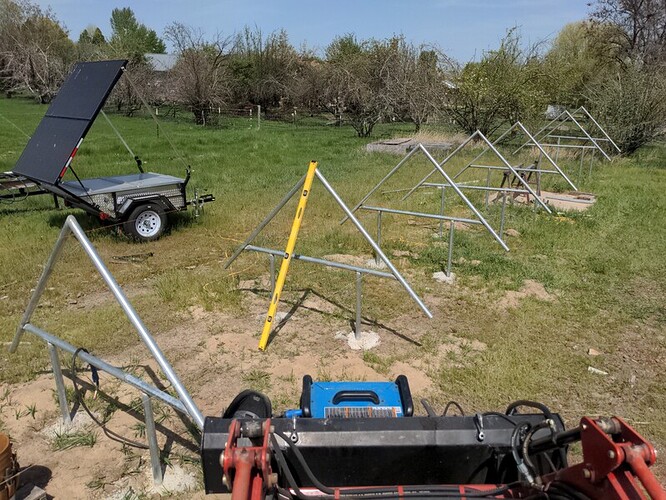(Correction: In Dec 2022, Jan, Feb 2023 I used 59, 71, 69 therms/mo to heat the house, dry clothes, heat domestic hot water, and cook. Summer drops to ~14 therms/mo so napkin math says that heating adds ~46 therms/mo or 1.5 therms/day)
Today, I average 20 kWh/day, but within the next 5 years I am adding:
- +29 kWh/day peak electric use to heat the house (done)
- +28 kWh/day electric car (one or two? not sure.)
- +6 kWh/day domestic water heat pump (HPWH)
With 2 cars, that totals 111 kWh/day! To aim for even 100 kWh/day in winter is a ~39 kW PV system. I doubt I could fit that on my 5,500 sq ft lot.
There’s several unknowns here.
Unrealistic: Sizing for peak usage is unrealistic, even if I were off grid. I’m in the middle of the Silicon Valley, so I can 99.9% rely on the grid (outages measured in single-digit hours) and plumbed natural gas; it merely costs money to buy energy. Or I need controls to remotely load shed without walking outside to flip breakers.
Unknown: The above are merely estimates. I haven’t started EV shopping, and I need to wait a year to find out how much our heat pump uses in summer and winter.
Unknown: When V2G and/or V2H become generally available?
Unknown: What will utility tariffs look like in 1-3 years? Using the grid as a battery based on the annual net generation can’t keep going.
Unknown: Does it make sense to convert to an electric clothes dryer? This is the least of these concerns. If the dryer currently uses 16k BTU/hr, that’s 6.25 hours of run per therm representing ~8 loads/week. We’re surely using less for two adults, but worst case, 1 therm/week = 4 kwh/day. I’d vaguely guess we’re in the 2.5-3 kwh/day representing 4-5 loads/week.
So my apologies; I’m not looking for a solution quite yet, I’m just thinking aloud.
The trick is having sufficient integration that can balance multiple energy sources (stationary battery, EV batteries, PV, grid, plus wind and/or backup generator for you off-grid folks) and has decent controls to control what mode you’re in (e.g. duck curve load shifting, don’t discharge car beyond x%, charge house battery from car battery with approval). Some demonstrators have been built, but in practice this isn’t available today.
Lastly, someone recently pointed at an product that lets you remove the meter, and connect directly, thus bypassing the breaker panel bus bars. This lets you get around that 120% NEC rule. In theory, you could backfeed up to the main breakers’ rating.
